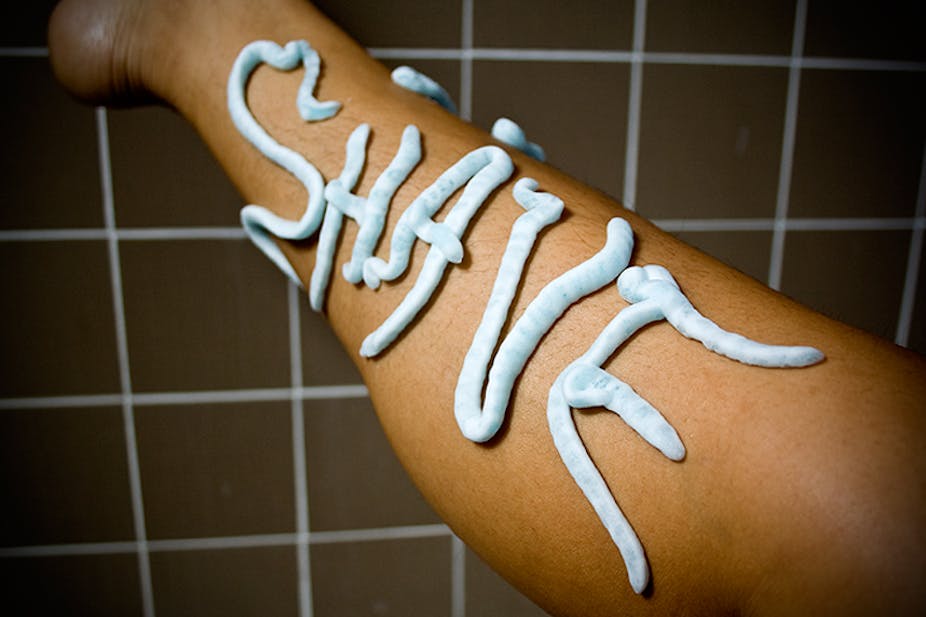Writing almost 140 years ago in his book Naturalist in Nicaragua, the European naturalist Thomas Belt engaged in a lively debate about why certain breeds of dogs in tropical America were hairless. The prevailing wisdom invoked the hand of artificial selection, since all other dogs were hairy.
Belt’s view, clearly derived from personal experience, was that having the skin covered with hair presented a serious drawback: “it affords cover for parasitical insects, which, if the skin were naked, might more easily be got rid of”.
In time, the debate moved to humans, although some of the numerous explanations for the naked ape may have slightly missed the point. We appear glabrous or “hairless” because of the incredibly fine nature of our hair, rather than a lack of hair follicles.

One feature of these fine hairs is that they act as mechanoreceptors, detecting things that might move over the surface of our skin, such as bed bugs.
The sedentary and social lifestyle of humans make us particularly attractive hosts for ectoparasites – parasites that make a living on the surface of the host. Perhaps our fine hair provides a line of defence, by increasing the likelihood of detecting these unwanted guests before they bite.
Biologists Isabelle Dean and Mike Siva-Jothy from the University of Sheffield tested this possibility with experiments using male and female student volunteers and human bed bugs, Cimex lectularius. Bed bugs feed on blood, and can locate their hapless hosts from several metres away, using a combination of heat, odour and carbon dioxide as cues.
Once on the host, speed is of the essence for bed bugs searching for a suitable place to feed, as detection may be fatal. For hosts, failing to detect a bed bug may include the risk of pathogen transmission as well as unpleasant skin irritation.

Dean and Siva-Jothy – whose findings are published in Biology Letters today – placed a bed bug on either a shaved or unshaved patch on the forearm of students, where it would then search for somewhere to feed. The patch was surrounded by Vaseline, which bed bugs cannot move over.
The students then noted each time they felt something on their forearm, while Dean and Siva-Jothy recorded the time taken for the bed bug to locate a suitable place to initiate feeding.
Bed bugs were less likely to be detected when they moved across shaved skin. Both male and female students reported something on their forearm almost three times more frequently when the bugs moved over the natural, unshaved patch than the shaved patch. And students with hairier forearms seemed to have greater sensitivity to the movement of bed bugs.
The presence of hairs also inhibited the movement of bed bugs, who took longer to locate a suitable feeding site in the presence of hair.
These data suggest that our body hair helps us detect endoparasites, such as bed bugs, and it seems likely that it may act similarly for other blood-feeding insects. But bed bugs are mostly nocturnal, remaining concealed during the day. So we really need to know whether our fine hairs help us detect bed bugs while we are asleep.
Nevertheless, with the rise in the abundance of bed bugs globally, and their occurrence across the spectrum of accommodation options, those contemplating travel might think twice before shaving off their first line of defence.
See also:
- Why do women have less body hair than men? by James Giles

